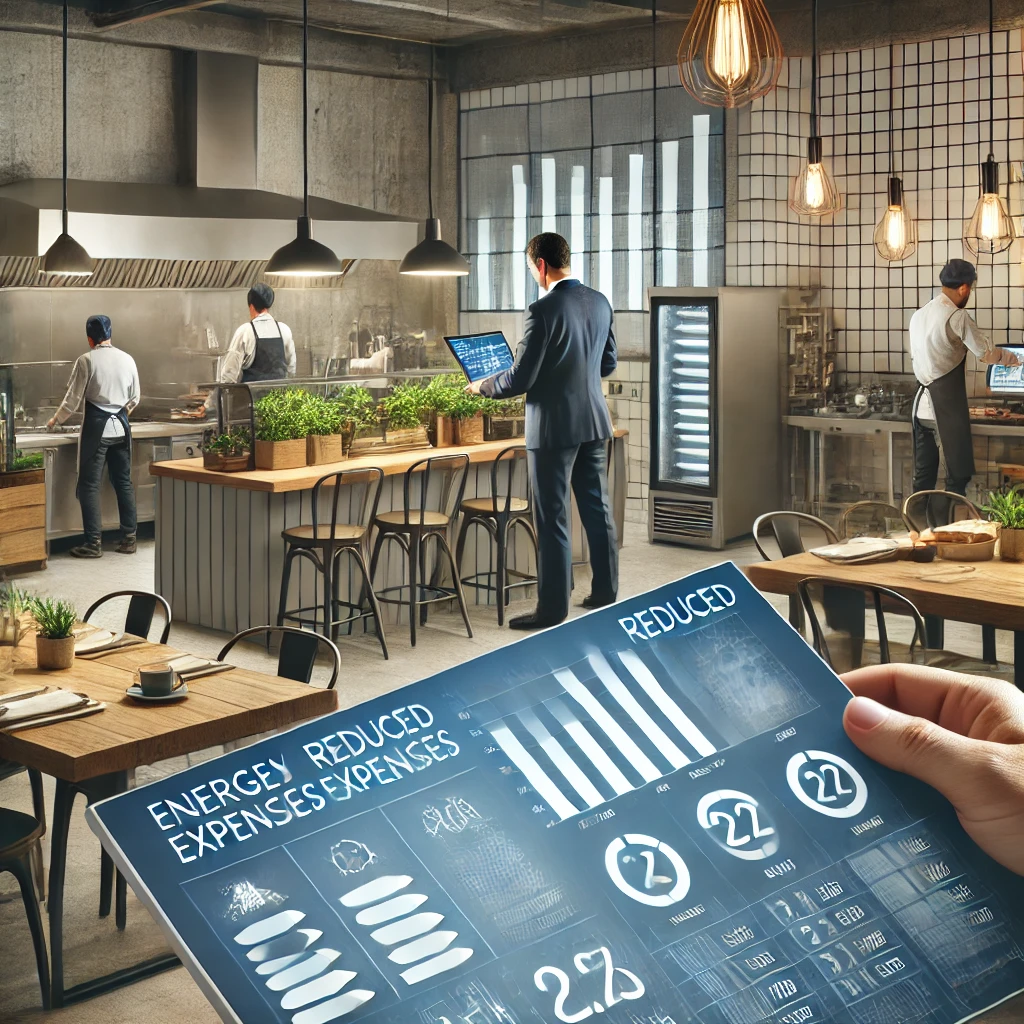Managing a restaurant comes with a unique set of challenges, especially when it comes to keeping costs under control. In today’s competitive environment, reducing operating expenses can significantly enhance your profit margins, giving you more flexibility to reinvest in your business. If raising prices seems risky, focusing on cutting costs can be a safer way to boost profitability without deterring customers. Below, we explore what restaurant operating costs entail and provide practical tips to help you reduce these expenses.
Understanding Restaurant Operating Costs
Restaurant operating costs are all the expenses necessary to keep your business running smoothly. This includes everything from payroll and rent to the cost of ingredients. These costs can be categorized into three types:
– Fixed Costs: These remain consistent month over month, such as rent or salaried employees.
– Variable Costs: These fluctuate based on usage or sales, like food costs or hourly wages.
– Semi-Variable Costs: These have both fixed and variable components, like utility bills that may have a base rate but increase with higher usage.
Operating Expenses Explained
Operating expenses refer to the daily costs of maintaining and administering your business. Unlike direct costs, which are tied directly to your product or service, operating expenses include items like software subscriptions, utility bills, and equipment maintenance.
10 Effective Ways to Lower Operating Costs in Your Restaurant
Here are ten actionable strategies to help you trim your restaurant’s operating expenses:
1. Partner with Food Suppliers
Food costs can account for 20% to 40% of a restaurant’s operating budget. By switching from consumer grocery stores to wholesale food suppliers, you can take advantage of bulk pricing and discounts. National suppliers often offer lower prices, but local farmers can also provide quality ingredients at a competitive rate. Highlighting locally sourced ingredients on your menu can justify slightly higher prices, as studies show customers are willing to pay more for local products.
2. Choose the Right Manufacturers to Work with Your Supplier
Another effective strategy is to ensure that your suppliers are sourcing from reliable manufacturers who provide always-stock items. By selecting the right manufacturers, your suppliers can guarantee a steady supply of essential products, helping you avoid shortages and last-minute purchases. Collaborate with your suppliers to choose manufacturers that offer competitive pricing and consistent quality. This partnership ensures that you receive the products you need on time and at a fair cost, which helps stabilize your operating expenses and maintain smooth operations.
3. Implement Inventory Management
Using inventory management software can help you track supplies, prevent spoilage, and avoid over-ordering. This software can also alert you to price increases from suppliers, allowing you to address discrepancies promptly. By keeping a close eye on your inventory, you can ensure that you’re ordering just the right amount of food, reducing waste and saving money.
4. Minimize Food Waste
Reducing food waste is another effective way to cut costs. Consider creating menu specials that use ingredients you already have on hand to prevent spoilage. Get creative with leftovers—use less visually appealing produce in smoothies or soups rather than discarding them.
5. Reduce Employee Turnover
Employee turnover can be costly, with expenses related to hiring, training, and lost productivity adding up quickly. To minimize turnover, focus on hiring employees who are a good fit for your restaurant’s culture, offer opportunities for career advancement, provide competitive wages, and maintain a flexible work environment.
6. Automate Manual Processes
Labor costs typically account for around 30% of a restaurant’s expenses. Automating manual tasks can improve efficiency and reduce the need for additional staff. Consider implementing online ordering, self-serve kiosks, or automated reservation reminders to free up your employees’ time for more important tasks.
7. Make Low-Cost, Low-Labor Foods In-House
To reduce expenses, consider preparing low-cost, low-labor foods from scratch. While some items are cheaper to buy pre-made, simple dishes like cookies or basic sauces can be made in-house to save on ingredient costs.
8. Purchase Labor-Intensive Foods Pre-Made
In contrast, some foods are more cost-effective to purchase pre-made, especially those that require significant labor. Items like frozen French fries, certain baked goods, and pasta can be more economical when bought pre-prepared, freeing up your kitchen staff to focus on other tasks.
9. Lower Your Utility Bills
Simple changes can lead to significant savings on utility bills. Switch to energy-efficient appliances, use LED lighting, and consider installing motion-activated switches. A smart thermostat can help you regulate your restaurant’s temperature more efficiently, cutting down on unnecessary energy use.
10. Optimize Employee Scheduling
Inefficient scheduling can lead to overstaffing or costly overtime. Use data-driven scheduling tools that integrate with your POS system to create shifts based on historical demand and upcoming reservations. This approach ensures that you have the right number of staff on hand, reducing payroll costs.
Conclusion
By implementing these cost-cutting strategies, you can increase your restaurant’s profitability and set the stage for long-term growth. Whether it’s through smarter purchasing decisions, better inventory management, or optimizing labor costs, there are numerous ways to improve your bottom line without compromising the quality of service your customers expect.

